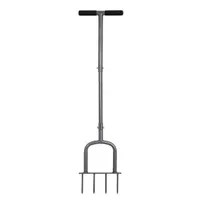5 lawn care tasks to do in May, according to a garden expert
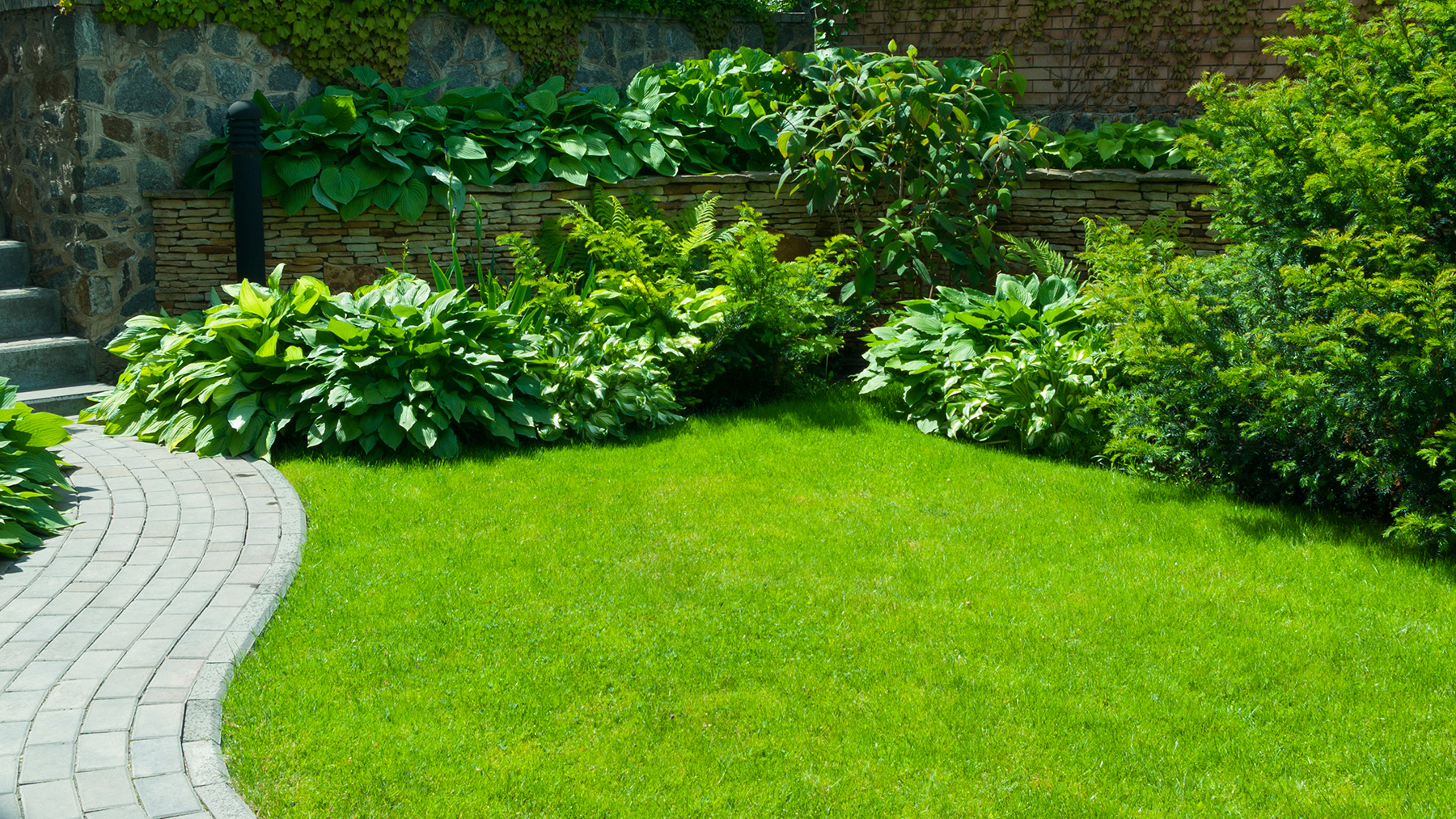
Having enjoyed the first signs of spring with cheery, yellow daffodils and elegant tulips beaming in our yards, May is the perfect time to concentrate on creating a luscious, green lawn.
Spending time caring for your lawn this month will reward you with a healthier patch that will see you through the summer and fall while you spend more time outside. However, the top lawn tasks for May will depend on where you live and the climate you experience, so be sure to double-check what’s advised for your region by checking your gardening zone.
We spoke to a lawn care expert to find out their top 5 tasks to complete this month so you can enjoy a green lawn this year. Here's what they said.
1. Tackle weeds and moss

Often, when I inspect my lawn at the beginning of spring, it feels like the weeds are taking over and that they are more abundant than the grass. And, although I know I’ve got to grin and bear it; pulling up weeds is not my favorite gardening task.
I had a particular problem with getting rid of dandelions before I tried this one weeding tool, which has rid my yard of dandelions. However, aside from these yellow weeds, crabgrass can be another problem. You’ll need to know what crabgrass is before discovering how to get rid of it without damaging your lawn.
While there are alternatives to getting down on your hands and knees, Jeremy Yamaguchi, CEO at Lawn Love, says it’s the best method. “Manual removal with your hands is almost always the most effective method. Though it can be frustrating and tiring for your knees and back, being able to remove weeds by their roots is the most effective way to stop their growth and spread.”
He also advocates the same method for removing moss, although the one bonus is that it’s not quite as difficult since moss doesn’t have roots. He also mentions that scarifying your lawn — a little like dethatching your lawn but more intense — will also help to remove moss.
Get instant access to breaking news, the hottest reviews, great deals and helpful tips.
But if you don’t fancy manual weeding, Yamaguchi recommends using a chemical or organic herbicide for weeds and moss.
2. Determine a lawn mowing strategy
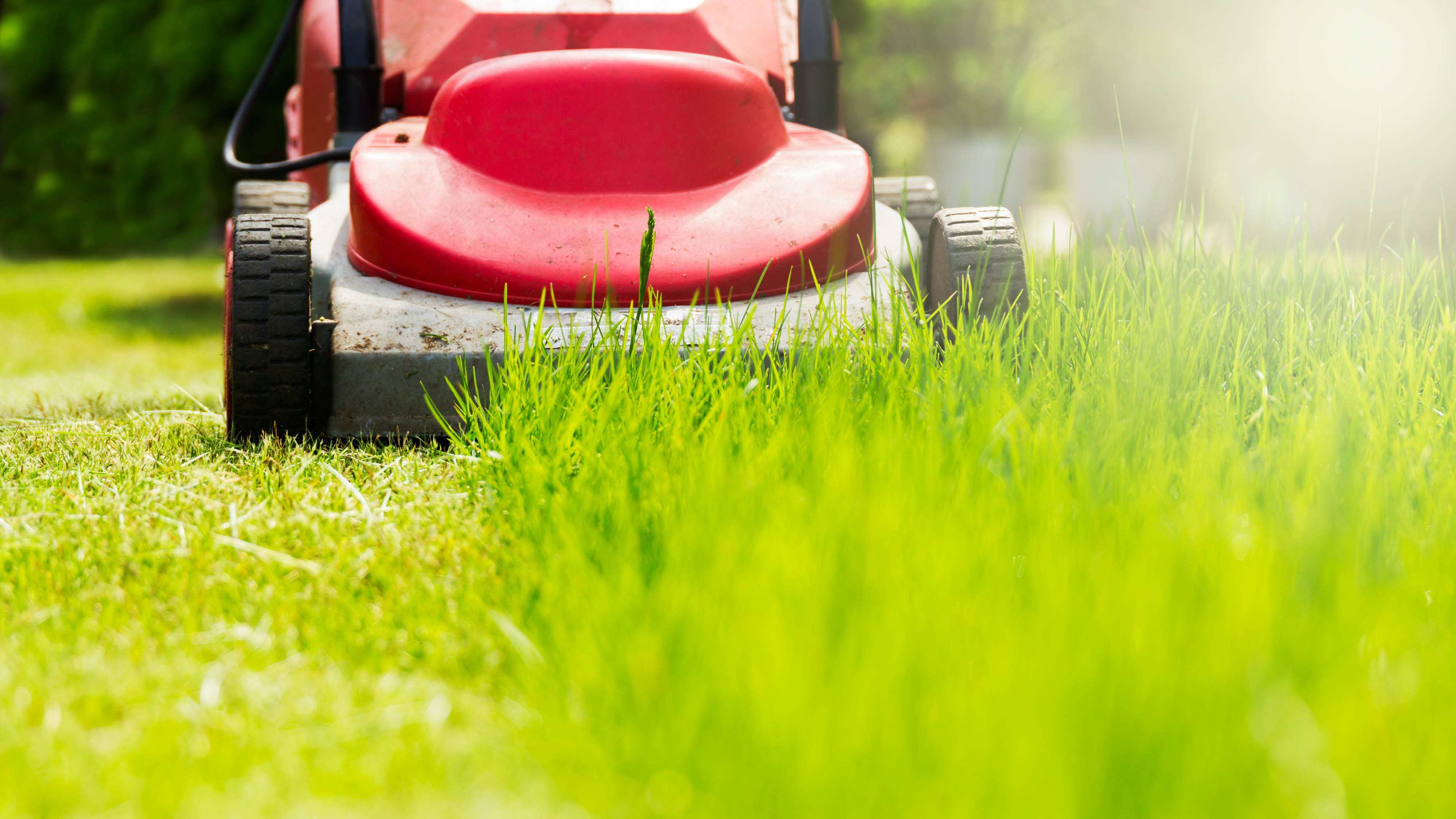
To keep your lawn looking its best, Yamaguchi recommends mowing it once a week during the growing season. “Doing it any more frequently can become exhausting, especially if you have a large yard, and doing it any less frequently can cause your yard to look less well-maintained.”
However, he mentions that some types of grass and climates cause slower or faster grass growth, so you may have to adjust that time slightly.
Depending on your preferences, May could be a month when you can keep your lawn mower tidied away, as No Mow May gives you the perfect excuse to put your feet up or spend your time on other gardening jobs, like planting vegetables or sprucing up your garden. It also allows you to maintain your lawn mower and sharpen its blades, prepping it for when you start mowing your lawn again in June.
No Mow May has been established to encourage a healthy source of nectar and pollen for pollinators that emerge in the spring. Yamaguchi is a fan “because the shortage of bees these past few years has been extremely evident”, adding, “No Mow May can be a decent attempt to get more bees to your yard, especially if you grow plants or have a garden.”
3. Aerate your lawn
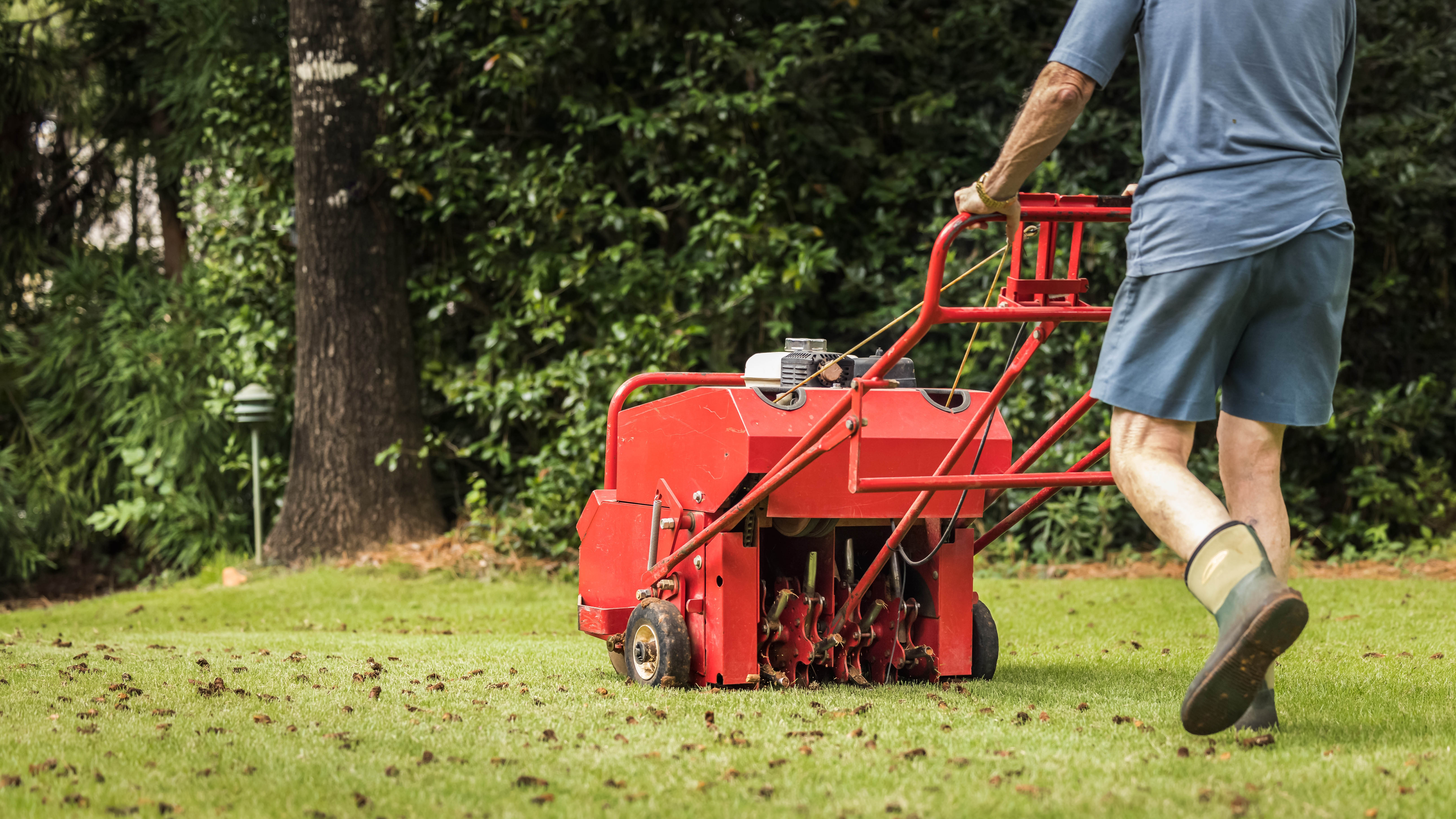
Aerating a lawn helps reduce compacted soil and encourages healthier grass. By loosening the soil, roots can grow deeper and nutrients and water can penetrate where they need to be.
Yamaguchi says that May is usually a good time to aerate your lawn if you have warm-season grass, which is common in southern lawns, adding: “If you have cool-season grass (common in northern lawns) it is usually better to aerate it in the early spring or early fall.”
But what is the best way to aerate a lawn? “To aerate your lawn, you should use either a plug aerator, which pulls plugs out of the soil, or a spike aerator, which punches holes into the ground,” he explains. There are also a few signs your lawn needs aerating, including unhealthy grass, water run-off, and heavy thatch.
BARAYSTUS Manual Lawn Aerator $22.99 @ Amazon
This manual garden aerator is made with stainless steel and requires simple assembly. It has four prongs to relieve soil compaction with a comfortable foot bar design. The garden implement is 35-38.5 inches tall, with a long 16 inch handle for easy use.
4. Lay fresh turf

Although early fall is the best time to lay fresh turf, it can also be laid in early spring. So, whether you’ve got a whole lawn to lay or a few strips, you still have time in early May.
“When you lay turf, you want the roots to be able to grow and take place easily,” says Yamguichi. “The best conditions for this are warm, mild, and moist weather. Generally, early fall and early spring are the best time to lay turf because the weather is mild, there is plenty of moisture, and the ground won’t freeze or dry quickly.”
He also adds that turf can sometimes be laid in late spring or early summer, but it will need to be watered more frequently.
5. Cover up bare patches
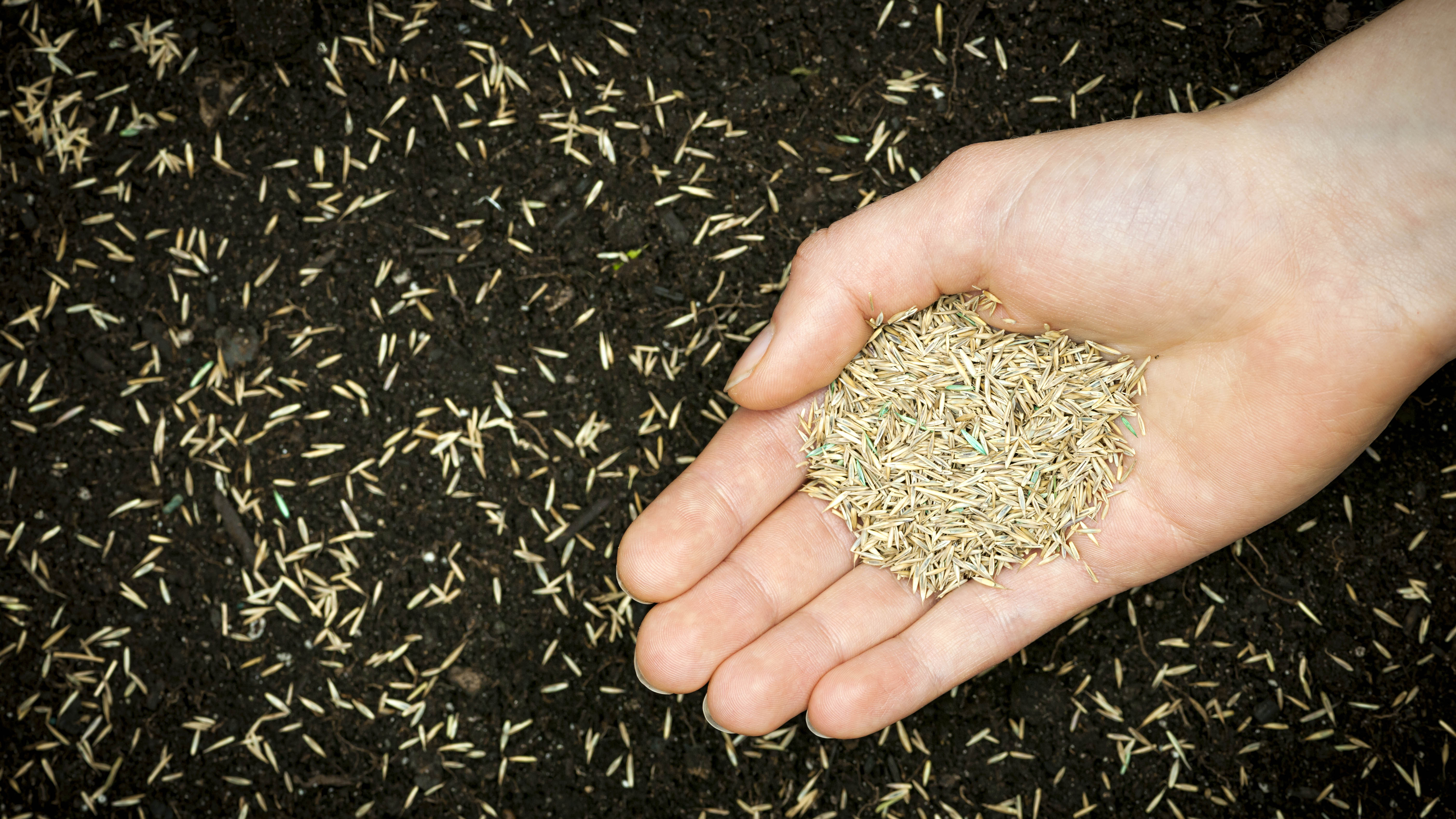
Apart from laying turf to give your lawn a boost, May is also a good month to plant grass seed. Perhaps you have a few bare patches in spots where you tend to walk across the lawn, and the grass has worn away, you’ve had a particularly bad outbreak of weeds, have recently raked your lawn, or even have a pet with a favourite place to piddle! These are all common problems that cause patchy grass.
Planting grass seed will help you get your lawn back on track and looking greener, if you follow these four steps:
1. Sow the patch with your chosen grass seed. Do you need warm-season or cool-season grass seed, and what’s your soil’s pH level?
2. Lightly rake over the seed.
3. Cover the patch with a light netting to protect it from the birds.
4. Water regularly.
Wondering how long grass seed takes to grow and when you’ll be able to give your new patch a mow? The time it takes to grow will depend on several environmental factors. However, you can expect it to take around seven to 30 days to germinate, and it can be mown once it has reached 3-inches in height.
Now that you've got your lawn in shape for May, you may be interested in discovering 7 lawn care tips to make your lawn look amazing this summer, 5 flowers to plant in May for a beautiful summer garden, and 5 vegetables crops to grow in May for a homegrown harvest.
More from Tom's Guide

Camilla is the Homes Staff Writer and covers everything to do with homes and gardens. She has a wealth of editorial experience, mounting over 30 years, and covers news and features, tests products for reviews and compiles buying guides.
Her work has appeared in business and consumer titles, including Ideal Home, Real Homes, House Beautiful, Homebuilding & Renovation, and Kitchen & Bathroom Business. She’s even appeared on the cover of Your Home, writing about her own house renovation.
Although she’s obsessed with decorating her home, she also enjoys baking and trying out the latest kitchen appliances. But when she’s not inside, you’ll find her pottering about in her yard, tending to her vegetable patch or taking in her prized hydrangeas.
